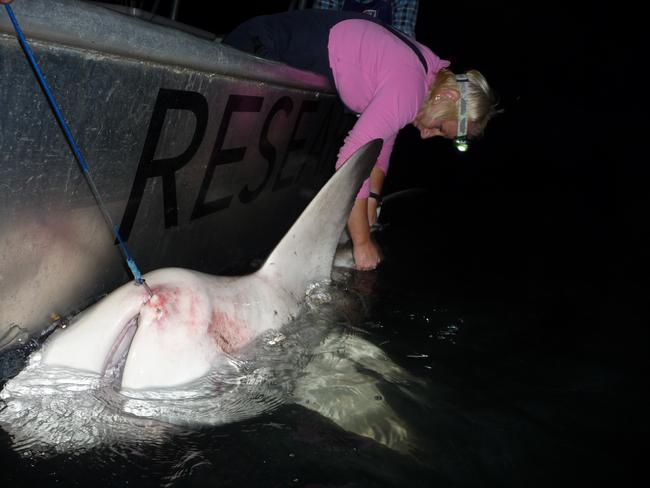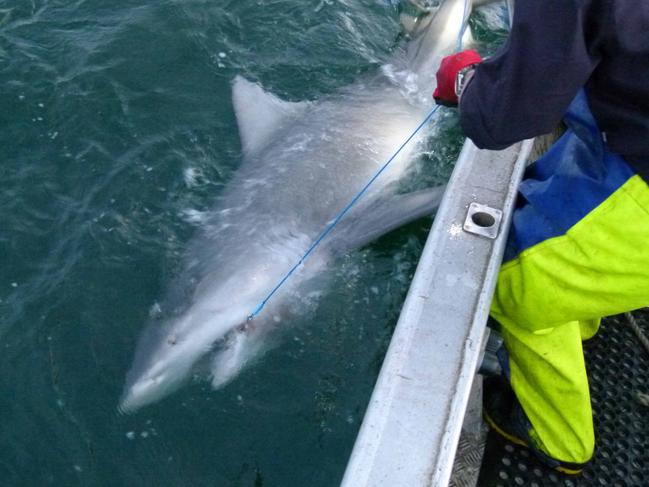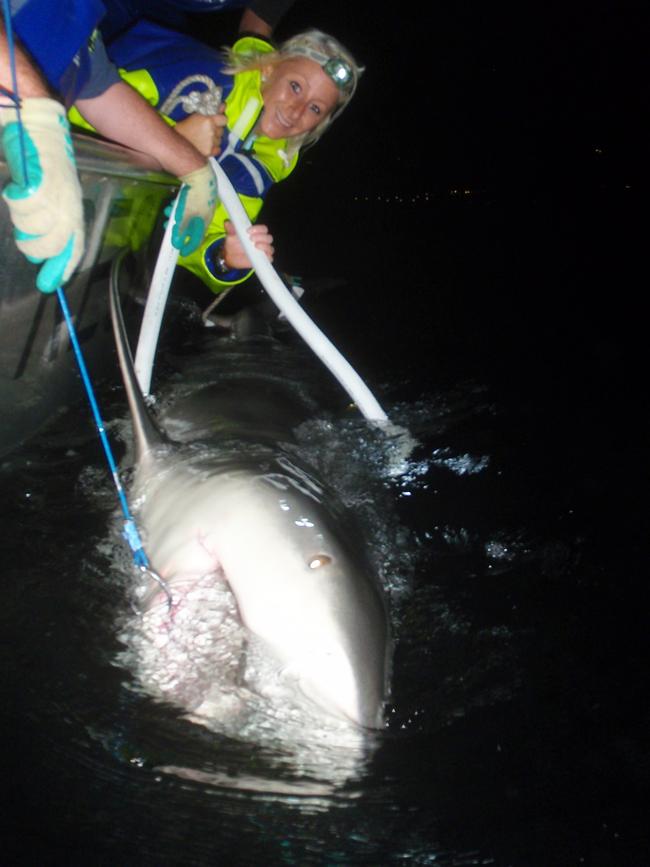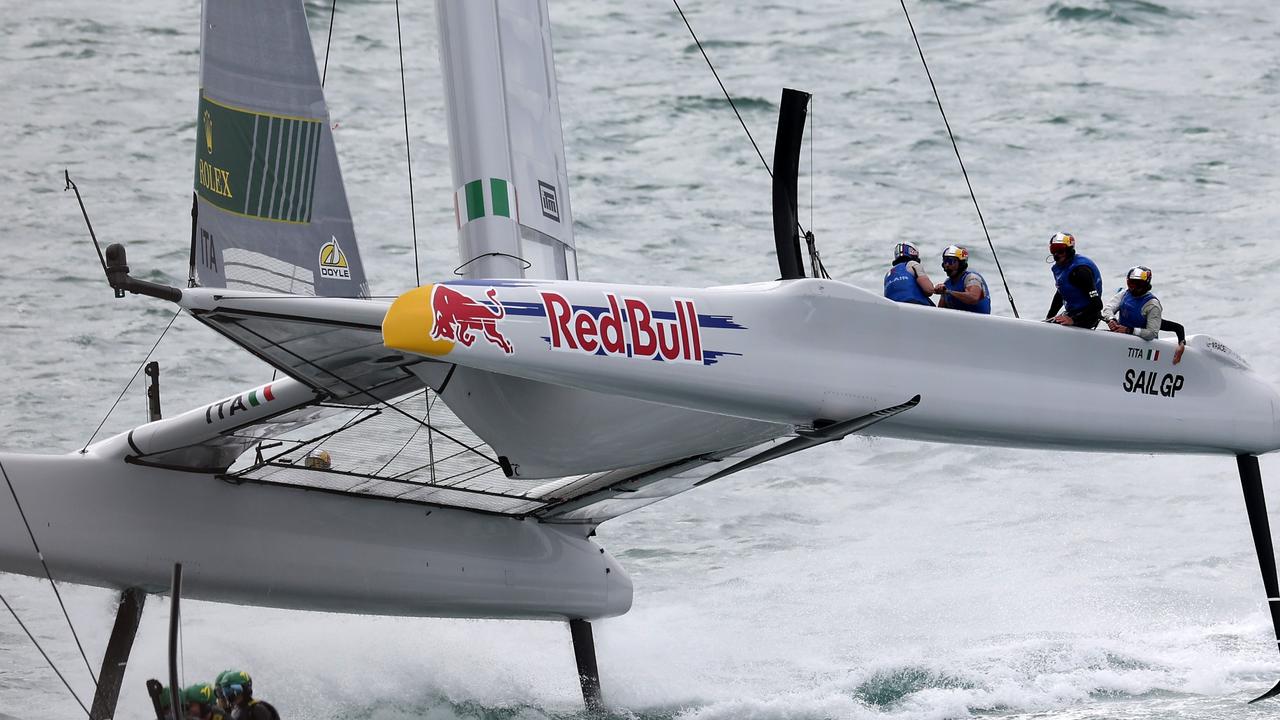Shark spotted at dog swimming area at inner west park
A shark was spotted meters away from where dogs were swimming in the river at a Five Dock park.
- ‘Why I quit’: Craig Laundy
- Man charged with drink driving through school zone
- Did tunnelling crack this house?
- Satellite imagery reveals WestConnex damage
A shark was spotted meters away from where dogs were swimming in the river at an inner west park on Wednesday.
Tina Brown said her father was sitting at Rodd Park in Five Dock when he spotted a shark fin in the water about 10 meters offshore.
“A lady was there with her two Jack Russells throwing a stick for them into the water and my mum and dad were sitting there and looked at each other and said: ‘That was a shark fin’,” Ms Brown said.
“My dad shouted at the lady to get her dogs out the water which she did, thank god.
“The lady said she saw the shark fin too.”
Ms Brown said she queried her father Bruce about whether the fin could have belonged to a dolphin.
“My dad is a fisherman and he said there was no way it was a dolphin and that it looked like a baby bull shark.”

William Figueira, an Associate Professor in marine animal biology at the University of Sydney, said it was hard to be exactly sure of the species but that it would have most likely been a bull shark or dusky whaler.
“It wouldn’t be a Wobbegong or Port Jackson shark because they tend to swim at the bottom rather than at the surface,” Prof Figueira said.
“The Fisheries Research Unit at the Department of Primary Industries has found there are bull sharks around the harbour and they are more common in summer than winter.
“The presumption is they are following the warmer water while great whites tend to prefer the cooler water.
“Bull sharks are what we call Cosmopolitan sharks because they have a greater tolerance for water with low salinity like rivers and lakes so they can handle freshwater.”

The DPI launched the Sydney Harbour bull shark tagging program after navy diver Paul de Gelder was attacked off Wooloomooloo in 2009.
Prior to its foundation, very little was known about shark movements in the harbour or what the feared creatures were actually doing there.
As of October, the Mosman Daily reported researchers had so far tagged 66 large bull sharks, with the largest at 3.2m.
The DPI’s shark tagging program is now estimated to be the largest in the world and has allowed scientists to determine their movement patterns and increase our knowledge of shark behaviour.

Prof Figueiria said while research has shown bull sharks are active in the harbour when people are boating and swimming in the summer months, it hasn’t correlated to an increase in attacks.
“Yes there are bull sharks in Sydney Harbour and yes sometimes there are big ones and they are there when most people are in the water but despite that, we are not seeing more attacks,” he said.
“I can’t say I know of an incident where a shark has eaten a dog but I wouldn’t criticise anyone for getting their dog out of the water if they saw a shark swimming past.
“Sharks tend to bite and then realise they aren’t interested and swim away so I suppose the same thing could happen to a dog, which is a bit smaller than a human.
“So the injury a dog could sustain is probably more likely to kill it.”
Check the latest shark sightings and tagged shark detections by downloading the SharkSmart app.
For more information, go online.


